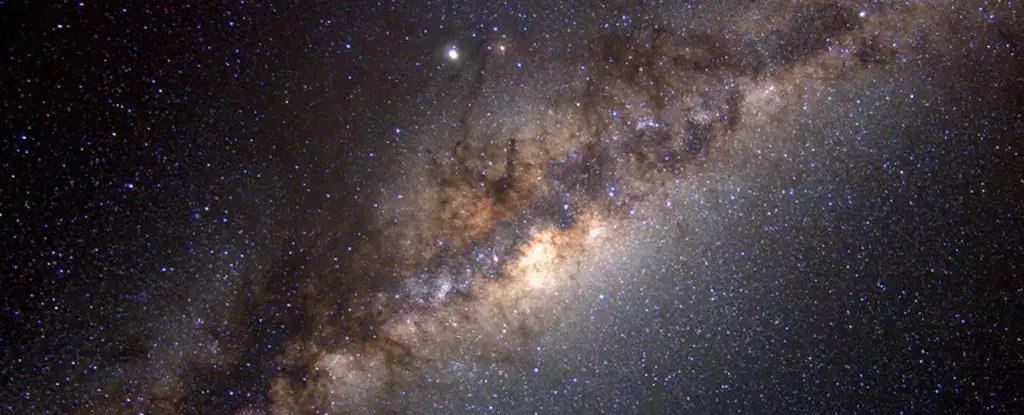When we think of the Milky Way, we often imagine a vast spiral galaxy that has been around for billions of years. However, recent studies by astronomers have uncovered evidence of an earlier time hidden within our own galaxy. A team of researchers from MIT has identified three ancient stars orbiting the Milky Way’s halo, suggesting that they may have formed over a billion years ago. These stars are believed to have once been part of a smaller galaxy that was eventually absorbed by the Milky Way.
The Milky Way is not just a random collection of stars; it is our home galaxy, containing our entire Solar System along with an estimated 400 billion other stars. Spanning 100,000 light years from end to end, the Milky Way is a vast cosmic entity that houses nearly everything visible in the night sky. Its distinctive appearance, resembling two fried eggs back to back, is a familiar sight on a clear, dark night.
The discovery of these ancient stars traces back to 2022 when a group of students at MIoT embarked on a new Observational Stellar Archaeology course. By analyzing data from the Magellan-Clay telescope, the team set out to identify stars that had formed shortly after the Big Bang. These ancient stars were expected to exhibit low levels of strontium and barium, elements that were prevalent in the early Universe.
After hours of meticulous analysis, the team confirmed that the three stars in question had indeed formed over 12 billion years ago, making them among the oldest objects in the Milky Way. The next question that puzzled the researchers was the origin of these ancient stars. Their orbital characteristics revealed that these stars were moving in a retrograde motion, opposite to the majority of other stars in the galaxy. This unusual behavior hinted that these stars might have originated from another galaxy, rather than being native to the Milky Way.
Now equipped with a refined method for detecting ancient stars, the team is eager to expand their search and uncover more celestial relics hidden within the vast expanse of the Milky Way. With billions of stars waiting to be explored, the challenge lies in developing a more efficient approach to locate these ancient treasures scattered throughout our galaxy. As we unravel the secrets of the cosmos, each discovery brings us closer to understanding the rich history embedded in the stars above.



Leave a Reply